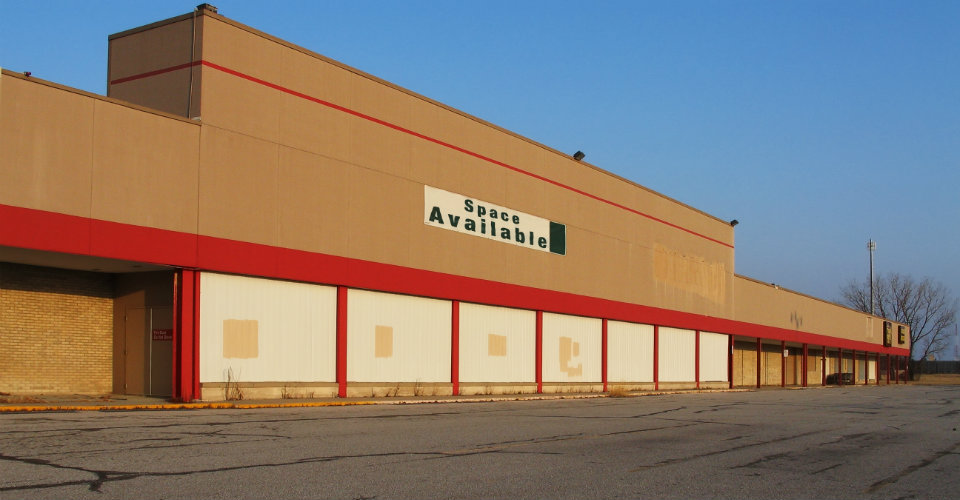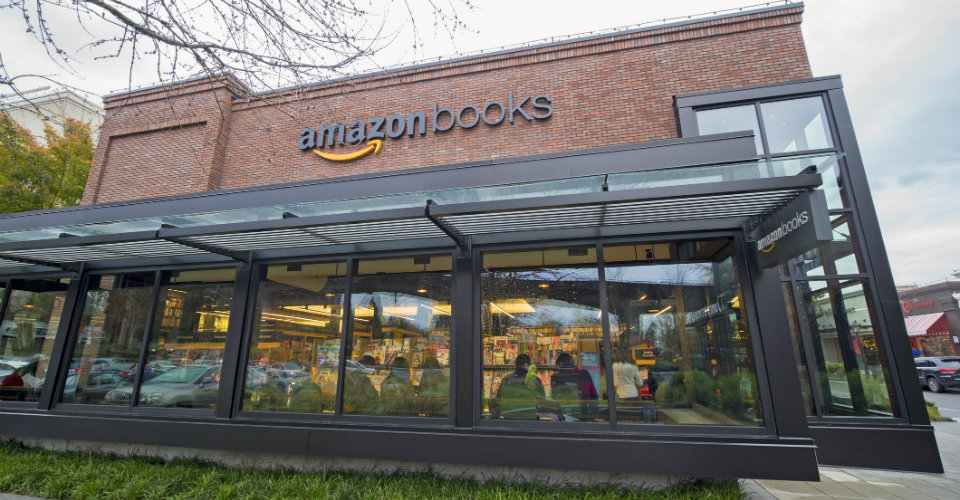
 Go to homepage
Go to homepage
Until recently, the “last 10 yards” of the supply chain referred to the distance between the store's loading dock and the customer's hands. Today, the “last 10 yards” often ends at your own front door.
Whether you realize it or not, the explosion in e-commerce over the past two decades has made consumers an important link in the supply chain, which broadly refers to the planning, movement, and storage of materials and goods, starting with the raw materials extracted from the ground, for example, all the way to a final product delivered to the consumer (and in some cases, the return of same goods, known as “reverse logistics”).
It has also made supply chain and logistics management more important than ever for companies and industries that want to thrive in the highly competitive digital world in which we live.
For most of the past century, the retail supply chain would usually route products through a regional distribution warehouse filled with pallets and crates of goods that would be shipped to stores, and consumers navigated that “last 10 yards” to purchase what they wanted or needed.
Now, consider Amazon Dash. Literally with the push of a button, consumers can restock their pantries with such daily staples as toilet paper, laundry detergent, batteries, snacks, drinks, baby formula, cat litter, dog food, and much, much more without ever having to go to the grocery store. And there’s no login to an online account, shopping cart, or checkout. When you notice you’re running low on toilet paper, just push the button that you placed in the bathroom and your account will be charged and toilet paper will be delivered to your home before you run out.
The Amazon Dash button is only the latest technological innovation that makes it easier than ever to purchase items and have them delivered to your door. According to the most recent U.S. Census Bureau statistics, total e-commerce sales for 2016 were estimated at $394.9 billion, an increase of 15.1 percent from 2015. By comparison, total U.S. retail sales in 2016 increased 2.9 percent from 2015.
As a result, e-commerce sales accounted for 8.1 percent of total sales in 2016.

So it’s no surprise that following the 2016 holiday season, during which the National Retail Federation reports that traffic to brick-and-mortar stores fell 12.3 percent from the previous year, major chains including Macy’s, Sears, Walmart, JC Penney, The Limited, Barnes and Noble, and others announced that they are closing stores this year.
Large-scale store closings have been going on for years, leading some to predict that brick-and-mortar retail faces a long, inevitable decline. So why does Amazon have eight brick-and-mortar bookstores opened or announced, and why is the internet behemoth opening a food and convenience store called Amazon Go in Seattle that promises no checkout line?
First, to borrow a line from Mark Twain, reports of the death of physical stores are greatly exaggerated. Brick-and-mortar stores will continue to exist, but they will have to adapt to compete in the digital world.
Throughout history, the law of supply and demand has taught us that the pendulum usually swings too far in one direction, and then swings back. I expect that will be true of e-commerce and brick-and-mortar stores. There will be some kind of equilibrium where it works out, but nobody really knows what that will look like because it’s still evolving.

While e-commerce is certainly a factor in declining retail real estate, it is now driving the industrial real estate market. As I noted in an article I wrote about this topic last fall in Industry Week, regional distribution facilities are the most common property type in the U.S., comprising well over 60 percent of the U.S. industrial inventory and the majority of industrial REIT portfolios, according to an article in Wealth Management Magazine.
This shift, as I explain in the article, also has everything to do with supply chain and logistics management. As the supply chain has gone global, from the sourcing of materials and components to selling through the internet and e-commerce worldwide, it has become very complex. It has also become intrinsically intertwined with virtually every aspect of a company’s business.
If you think of business as a three-legged stool, you’ve got accounting and finance as one leg, sales and marketing as another, and the third leg—traditionally considered operations and manufacturing—is actually intertwined with supply chain and logistics. And that leg has become critically important in terms of costs. The omni-channel marketing through e-commerce has to be supported, and that’s the job of supply chain and logistics. Depending on the industry and the company, costs associated with supply chain and logistics can account for 50-70 percent of the costs of your sales.
That is why it is crucial for companies today to integrate their internal supply chain with other functions in the company to achieve a competitive advantage. Within the supply chain, there is a critical need for collaboration and communication. In the past, it was common for supply chain, procurement, and transportation to be in separate, non-integrated departments. That tended to foster an “us versus them” mentality that ultimately harmed businesses.
For example, procurement might focus on a lower cost of goods, which might drive up your transportation prices. Marketing might want to have a warehouse in every city, which drives up your distribution costs. You have to integrate those functions under a common supply chain function as well as break down barriers with other departments such as sales, marketing, and finance by taking a collaborative approach to planning and execution.
In addition to internal integration, companies need downstream integration with customers (and upstream with suppliers). Given the long lead times in the supply chain between when a distributor or retailer buys goods from a manufacturer, and when those items are actually sold to customers, it is important for the manufacturer to know what is truly selling—not just what is going out the door to distributors and retailers. Again, that’s where collaboration and communication come into play. Technology also has a key role in enabling those processes.
The importance of supply chain and logistics management in today’s highly competitive and dynamically changing world of e-commerce cannot be overstated. On the battlefield of omni-channel marketing and distribution, the one thing we know for certain is that there will be winners and losers. Companies that have a lean, integrated, technologically savvy supply chain and logistics strategy will greatly increase the odds that, once the dust settles, they will be standing on the winning side.